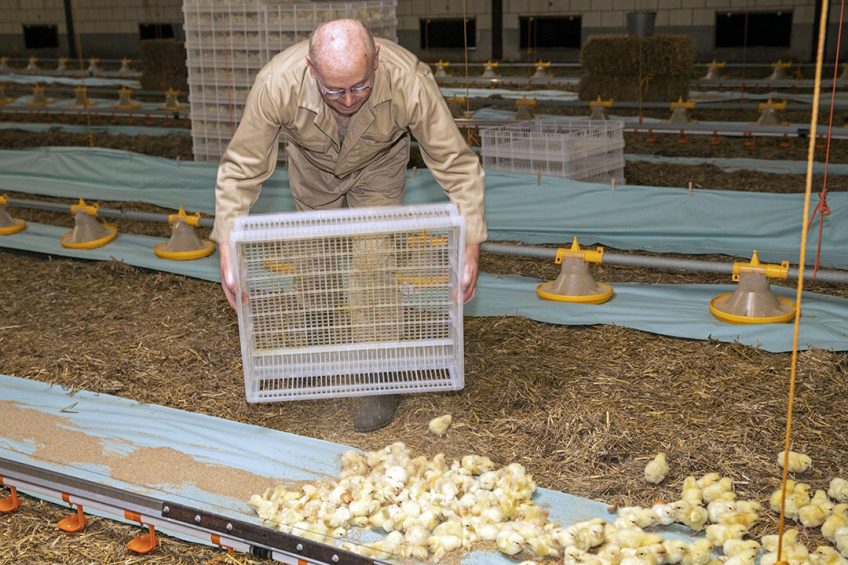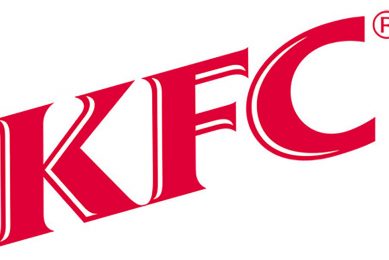KFC: Findings of chicken welfare audit UK and Ireland

Welfare experts have worked with fast food restaurant chain KFC UK and Ireland to produce a first welfare report, which shows how the company is taking care of its birds across the supply chain.
It highlights success stories, particularly among the top quartile of its suppliers, and areas where greater improvement is needed. The audit, created by FAI Farms, follows the firm’s commitment last year to sign up to the Better Chicken Commitment (BCC). Andrew Raybould, senior technical auditor for FAI Farms, said FAI’s partnership with KFC UK and Ireland and its suppliers had always been defined by a shared passion for continuous improvement of chicken welfare on a global scale: “It also has the additional benefits of providing brand protection, improving customer trust and loyalty and delivering a consistent local message around farm to fork food integrity.”
Paula McKenzie, KFC UK and Ireland managing director, said the company had been working to improve welfare standards for the past 2 decades. It had found that understanding variations in performance across the supply chain tricky, given that the firm sources from over 2,000 farms. Tracey Jones, Compassion in World Farming global director of food business, said the first report provided valuable information on key inputs, such as stocking density, natural light provision, type of breed used as well as health indicators: “Coupled with an active improvement programme, we expect to see these animal-based outcome measures gradually improve as KFC transition their supply to meet the requirements of the BCC.”
 Webinar on demand: Sustainability and Welfare
Webinar on demand: Sustainability and Welfare
Poultry World recently aired it’s webinar on Sustainability and Welfare in Poultry Production, together with partners Dupont, Chr. Hansen and Schothorst Feed research. If you missed out on the live session, the webinar is now available to view.
Audit
Suppliers are visited every 15 months and all aspects of supply are audited:
- Feed Mills: Focus on preventing use of growth promoters and ensure responsible sourcing
- Breeder Rearing and laying: Ensuring birds are reared in litter-based system and enrichment is provided
- Hatchery: Ensuring traceability, good handling and vaccinations are in order
- Broiler growing: Making sure birds are reared in litter-based systems, at low stocking densities with good light, low antibiotic use and that enrichments are provided
- Catching: Encouraging suppliers to use single bird or automatic catching systems
- Slaughter: Insisting all birds are stunned, and with full control over electrical or controlled atmosphere systems.
If any non-compliances highlighted as “Action Required” are observed, suppliers must provide an action plan within 20 days. If suppliers receive a score of less than 80% they will be subject to a re-audit after 60 days to verify that corrective actions have been implemented. Non-compliance against any of the critical audit points results in automatic failure of the audit and immediate suspension from the supply chain. 2 suppliers were suspended in 2019 due to non-compliance issues.
Brain cells indicate hen welfare
Over the next few years 20 institutes throughout Europe will be studying laying hen welfare issues in enriched cage and non-cage systems. Dr Tom Smulders, a neuroscientist, says that the welfare of the birds is actually a function in their brain.
Compliance
The report said the company received full compliance on 9 of its 10 criteria – meeting EU legislation, no cages or multi-tier, no cloning of GM breeds, no growth promoters, no mutilations, transport time not to exceed 8 hours, third party verification, effective stunning and no antibiotic prophylactic use. It received a 98% figure covering stocking density – the policy requirement is to ensure that density is below 38 kg per square metre.
Flock outcome measures
The report looked at progress made on a range of issues including:
- Environmental Enrichment: Just over half of birds in the supply chain had natural daylight (52.28%) and were supplied with enrichments, such as perches, bales and pecking objects (52.25%). KFC UK and Ireland is exploring widening its Key Performance Indicator scope to including behaviour monitoring, which could include gait scoring, farmer observations or use of novel technology. It is seeking possibilities to partner with NGO’s, suppliers and technical vendors to agree the right measures and find ways to implement them across the supply chain.
- Responsible Antibiotic Use: Steady progress has been made in reducing the amount of antibiotic use between 2015 (33.76mg/kg) to 2018 (17.69mg/kg) but there was a slight increase to 21.32mg/kg last year, which is being investigated. Use of antibiotics in the first seven days was 4.95mg/kg and use of HPCIA was 4.45mg/kg during 2019.
- Breed Change: Currently, nearly all broilers in KFC UK and Ireland’s supply chain are derived from fast-growing breeds, including Ross 38, Ross 708, Cobb 500, Hubbard Classic and Hubbard F15, which take 30 days to reach a slaughter weight of 1.8kgs. At present, just 2.65% of the supply consisted of slower growing breed. The company said it was committed to reporting the progress on breed transition but recognised that it would take time to scale up.
- Stocking Density: Currently, maximum stocking density is stipulated at 38kg per square metre but farmers are being encouraged to reduce this to 30kg/sq metre. The two suppliers who failed to meet the 38kg target have been dropped by the firm.
- Mortality: The average mortality rate in 2019 was 3.98% of birds, while the top quartile of producers reported mortality levels under 3%. However, leg culls have increased very slightly over the past five years from 0.69% to 0.86%.
- Breast Blister: There was a rise in breast blister (keel bone damage) in 2019 from 0.03% to 0.25% due to better reporting as this was only made mandatory last year. KFC believes rates can be kept consistently under 0.02%.
- Foot pad dermatitis: KFC figures over the past five years have shown a sharp decrease from 56.62% in 2015 to 34.94% last year. The top quartile of producers saw rates at just 15% or below – showing that more needs to be done to reduce this across the supply chain. It usually arises from poor litter and ventilation.
- Hock burn: While improvements were made from 2015-2017, levels have increased over the past two years to an average of 12.17% last year. KFC said this was a “concerning trend and in stark contrast to the performance of the top quartile of producers who kept hock burn levels under 1.13%.”
- Stunning Before Slaughter: The company insists that all birds are stunned before slaughter and all suppliers were compliant with the policy last year. Currently, the majority of birds (62%) are killed using Controlled Atmosphere Stunning (CAS) systems as recommended by the BCC.









